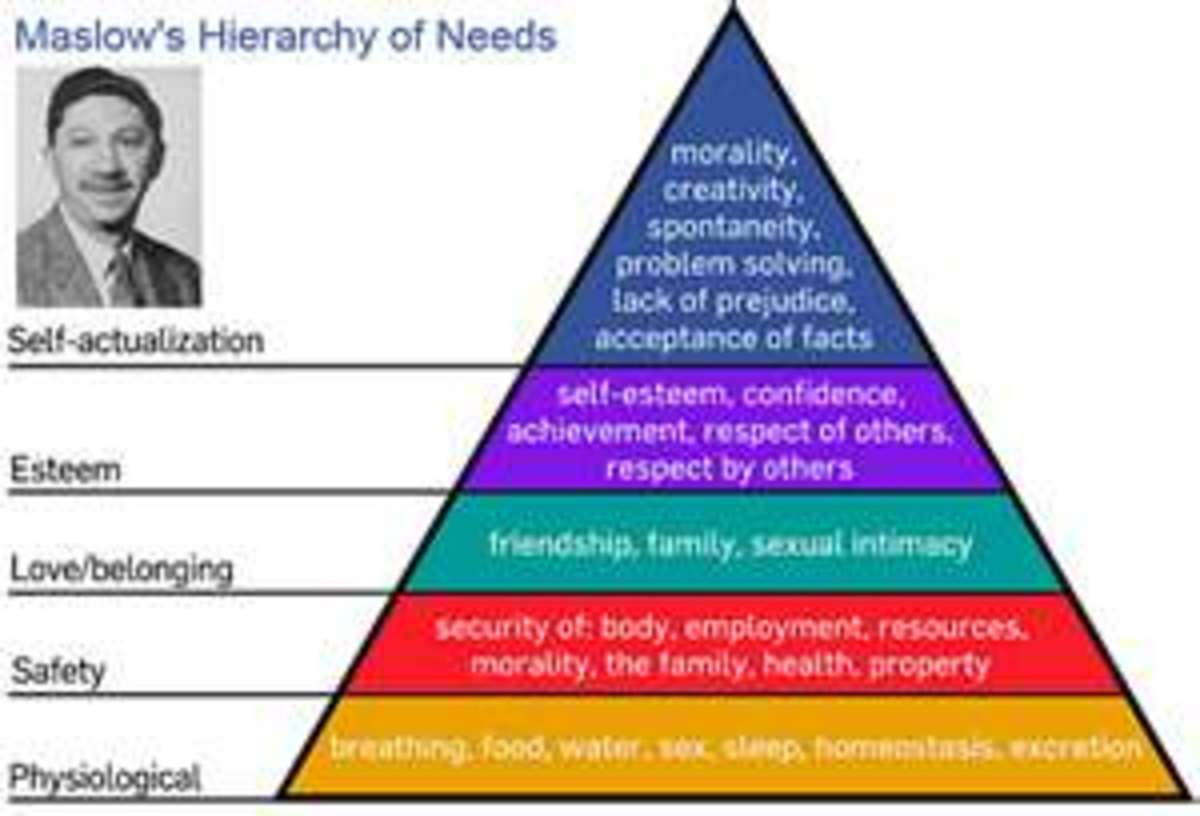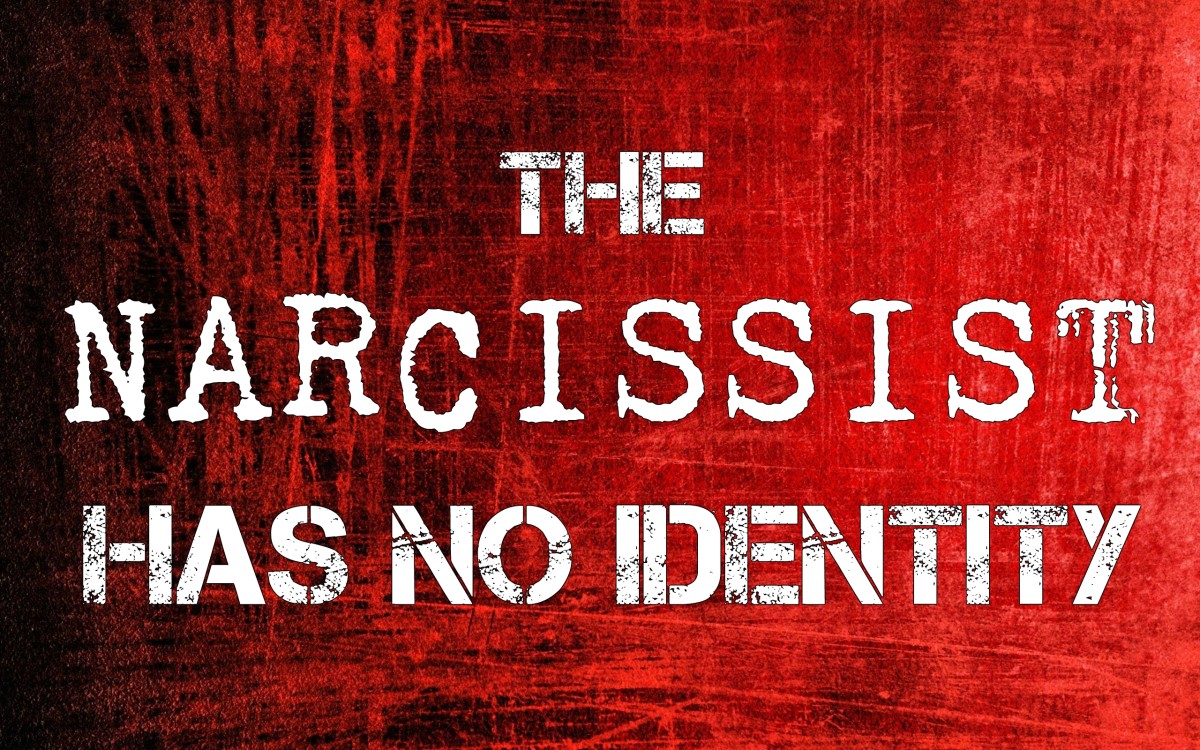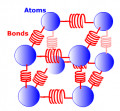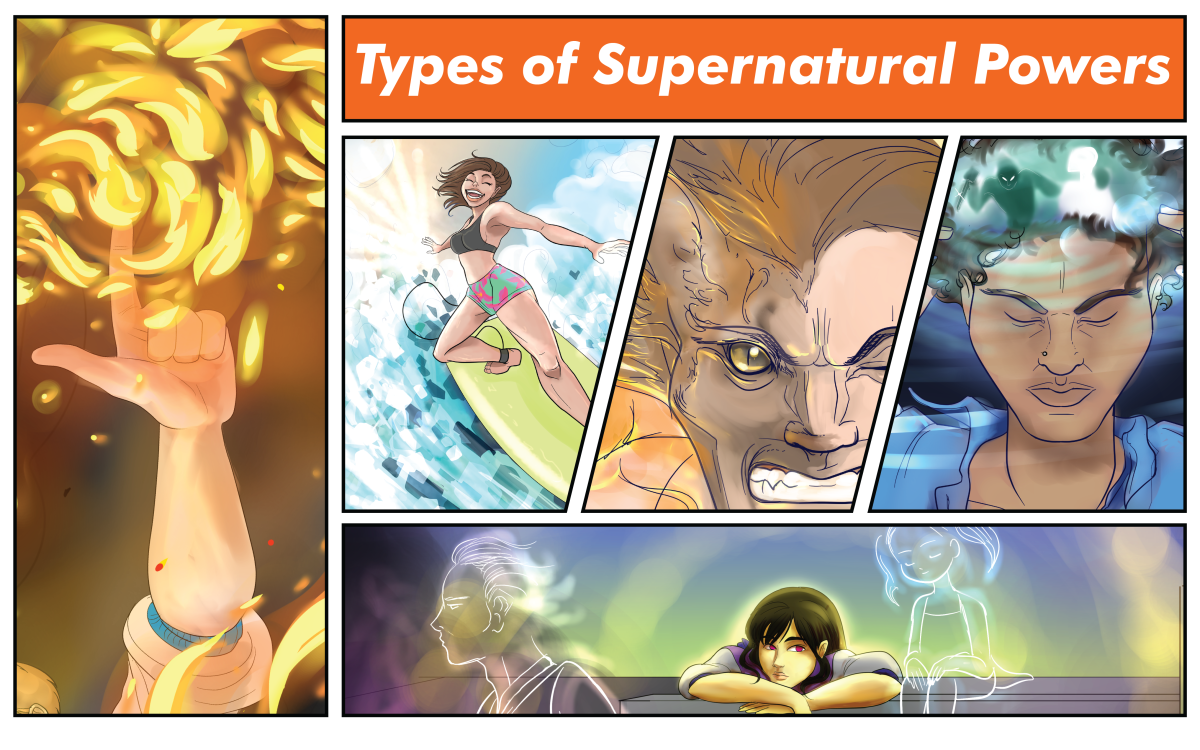Rage, Malice and Wrath; How Internal Incursion Is an Exercise in Futility

Rage is an undesirable and arguably outright detestable characteristic that all humans possess the potential for. It is more cultivated than frustration, more volatile than anger, and an overall monolith of malignancy, that anyone would be extremely fortunate to rid themselves of completely. Even the most tranquil and benign person in the world has the possibility of succumbing to that ubiquitous albatross, perpetually tied around us; And the extension beyond that, comprised of an indiscriminate, unadulterated, pure blend of hatred, resentment and vitriol. It can stem from a provocation of the simplest and most meagre of circumstantial impetuses, but the inherent impulses of a more aggrieved response to certain situations of frenzy differ from person to person and can cast a grim and dreadfully unforgiving shadow over those involved in the unfortunate occurrence-Spelling disaster, and threatening to wreak havoc and tumultuous discontent.
It is a tragic turn of events that humanity finds itself so susceptible to lapses in discipline and rationale. Sporadic outbursts of hatred and extremely magnified fury can plunge a situation into a crisis that, more often than not, could have and should have been easily averted, in retrospect. And as alluded to, they are usually over the most trivial and inconsequential of stimuli. How many instances of heated arguments arise from debates over who left the television remote where? It can exacerbate beyond dysfunction to the point of domestic abuse or violence. People tend to harbour feelings that are just allowed to gestate and amass below the surface, and when the threshold boundary of tension is compromised, truly horrendous outcomes can transpire. Past trauma is often a contributing factor to the more precipitously vulnerable to eruptive responses; Suffering through abuse or bullying, inauspicious circumstances of the environment in which one was raised, reluctant propulsions into beleaguering or uncomfortable situations, or simply bearing vicarious witness to the aforementioned travesties peripherally-They can all prove adequate to victimise a person to an omnipresent and affronting feeling of abandonment and isolation, and no matter how much integrity an individual may possess, they will have a limit of just how much oppression they are able to tolerate.

The difficulties in both diagnosing and treating these perils really comes down to the vagueness of how specifically such an intensified metric of their gradation can be measured. Definitively measuring the true extent of how severely afflicted someone may be with uncontrollable anger, depression, anxiety, any pathological mental illness, or simply the scenario in which they find themselves can be impossible. And with a tenured past of insensitivity, dismissal, and outright incompetence toward the remedial rectifications of distressing predicaments, the strides made forward advancing the capacity for adroitness in the attention to such details are merely flailing attempts at compensating and making restorative amends for the sins of ignorance previously committed. And the most absolute and worst aspect of it all is the unfathomable inescapability of it all. It is an organically ingrained foundational characteristic of the very fibre of our being as a species. It is sometimes disregarded as just another of the disbenefits of reality that have to reluctantly be accepted for what it is, as defying the very nature of one’s being will only brew a recipe for disaster.
When at its optimal point of severity, rage can evolve into fully fledged malice. Where rage can be, and usually is an inadvertent or unintentional eventuation of accident, malicious intent is another prevalent issue the world is confronted with. Just as frequently as an accidental incident can occur, a premeditated or deliberate event of catastrophe can be impelled of one’s own volition; Such as the most extreme examples of proselytised terrorists committing the most abhorrent crimes of attempted genocide in propagative imposition of their will upon the world. There are also instances of attempted assault that can incur an unexpected case of manslaughter, with the assailant only feeling repentance and realising the error of their actions in the repercussive aftermath. Malice is so significant because of how it influences and requires a course of justice and equity. Vindication, reprieve and compassion factor in during instances of necessitated judgement through the establishment of a validated egalitarian system, and they emanate as a consequence of the subsequently impelled actions invoked by the thoughts and feelings induced by rage and malice.

Repentance and recognition of one’s own fallacies can cause an overbearing feeling of self-loathing and deprocation. Regret doesn’t sufficiently summarise the true extent of the potential shame that can be felt in retrospect, but in those cases, it is all too late. In the most severe cases, no degree of compensatory action can requite for transgressions, and knowledge of this can cause one to feel inadequate or helpless, the fear of never acquitting oneself fully can magnify to the point of a manifestation of internal incursion. Conflicts within the mind are formulae for destructive consequence. Where a minimum of two parties would be the requisite demand for participation in an argument, those with compromised mentalities and pathologies are fully capable of adopting both sides of a particular dispute. If allowed to persist for long enough, they can because so engrossed within the constant internal struggle, that they could end up believing that there is a logical consistency to their ways and processes-Where to the outside world, the perspective granted is one of discordant incongruity. It is an endless war of attrition where the only goal is to justify the par for the course, and usually leads to more collateral damage.
Someone living in fear of themselves or the actions they may commit will usually act upon the paranoia of attempting to anticipate them, and the subsequent disharmony will precede other mistakes. It is diagnosed regularly in criminals desperate for redemptive rehabilitation. Some that have been liable in the previous examples of inadvertent manslaughter may feel so contrite for that transpiration, that their primary ambition for the rest of their life would be the fulfilling amendment of confession at the very least. Unfortunately, however, it usually goes unsatisfied, even if they have exacted and exhausted absolutely everything they can; Which could be quite despairing for them. All due to a simple lapse of discipline. Fallibilities are what make humans humans, but it is a persevering endeavour to limit them as much as is possible for the very reasons made explicit. It may never have been the intent to cause harm of any kind to anyone, but the very principals in which “precautionary” actions are predicated upon can be faulted in their own-That is where the fallacies take their advantage.

Like a defiance to the very nature of our composition, attempting to mitigate the potential outcome of an event that hasn’t even transpired often provokes nature to impose its own ideas of how things will occur. For every aspiration and operation upon it, there is an equal and antithetical probability in contrast, and in cases such as those highlighted, that is not illustrated more abundantly and clearly than ever. Malice is informed and instigated by rage in many ways, and can also further influence the continuation of enraged flares of emotion. But in the most exceptionally extraordinary eventuations, rage not only evolves into malice, but even evolves into wrath. And wrath is an entirely new purveyor of presented hardships. It is a completely new, and the most refined channel for the conveyance of drudgery and maladies. Rage is volatile and uncontrollable. Malice is a more intentional affair, but is constructed upon the basis of an inaugural feeling of rage. But wrath is the consummative culmination of a conscious determined decision to devote a lifestyle to the oppressive imposition of a malignant force upon others.
Rage and even malice can occur in occasions where the extrinsic, outward gestures are the last intent of the perpetrator, no matter how negative. But wrath is a lifestyle trait that persistently rears its ugly head. It is used as a threat, in ultimatums, and is a progenitor for by-products of horrific consequence. It is ubiquitous, and an ever-present possibility for the eventual demise of disconcerting negations of any righteous elements of humanity. It is disgraceful in every incarnation it takes, but is also sympathetic due to its applicability to anyone and everyone. For all of the aspects that can distinguish it from rage or malice, it shares the most essential similarity with them of all-Every single being in the world possesses it as a potential at the very least. They are able to differentiate between, but they are cut from the same cloth. Perhaps the most exhausting and disturbing quandary that besieges humans is the impossibility of a truly objective and impartial stance or perspective pertaining to the terrible triumvirate; Every soul has both been subjected to the experience of, and inflicted varying degrees of rage, malice and wrath, and the correlative implications. Resentment, frustration, disgust and hate are all veritable components of the very existence of life. They appear, making potential opportunities for the exploration of them available several times throughout life.
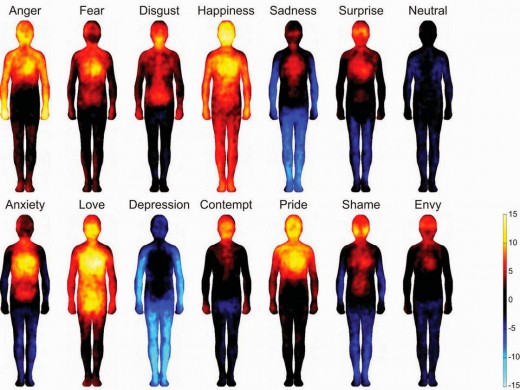
But the very feature that distinguishes the distinct gradation of severity, consequence, and the appropriate response in kind to them hinges upon the diagnosable cause, and the decision of whether to act upon them at all. They don’t necessarily revolve around, but are definitely indelibly linked to the internal conflicts of the mind that render any hope of reassurance more or less unobtainable. They are dictated to by the atrocious plague of the mind, and respond in turn to dictate the perpetuation of their sustained longevity. An eternal pestilence, that even symbolic gestures and benevolent acts of chivalrous altruism seem to have been conceived in an invoked commensurate response to.
The cycle will only continue to maintain itself in perpetuity, and it cannot be broken. It could be posited that part of the reason that people continue to resiliently persevere through the progression of life is the ambitious subsistence in the hope of breaking that cycle-But those concerns are mostly futile. Resistance or defiance to the insurmountable odds that compel a mandatory impulsive reaction will only result in failure. And the repetition of the same action in the faith that it will produce a different outcome is the very definition of insanity.

